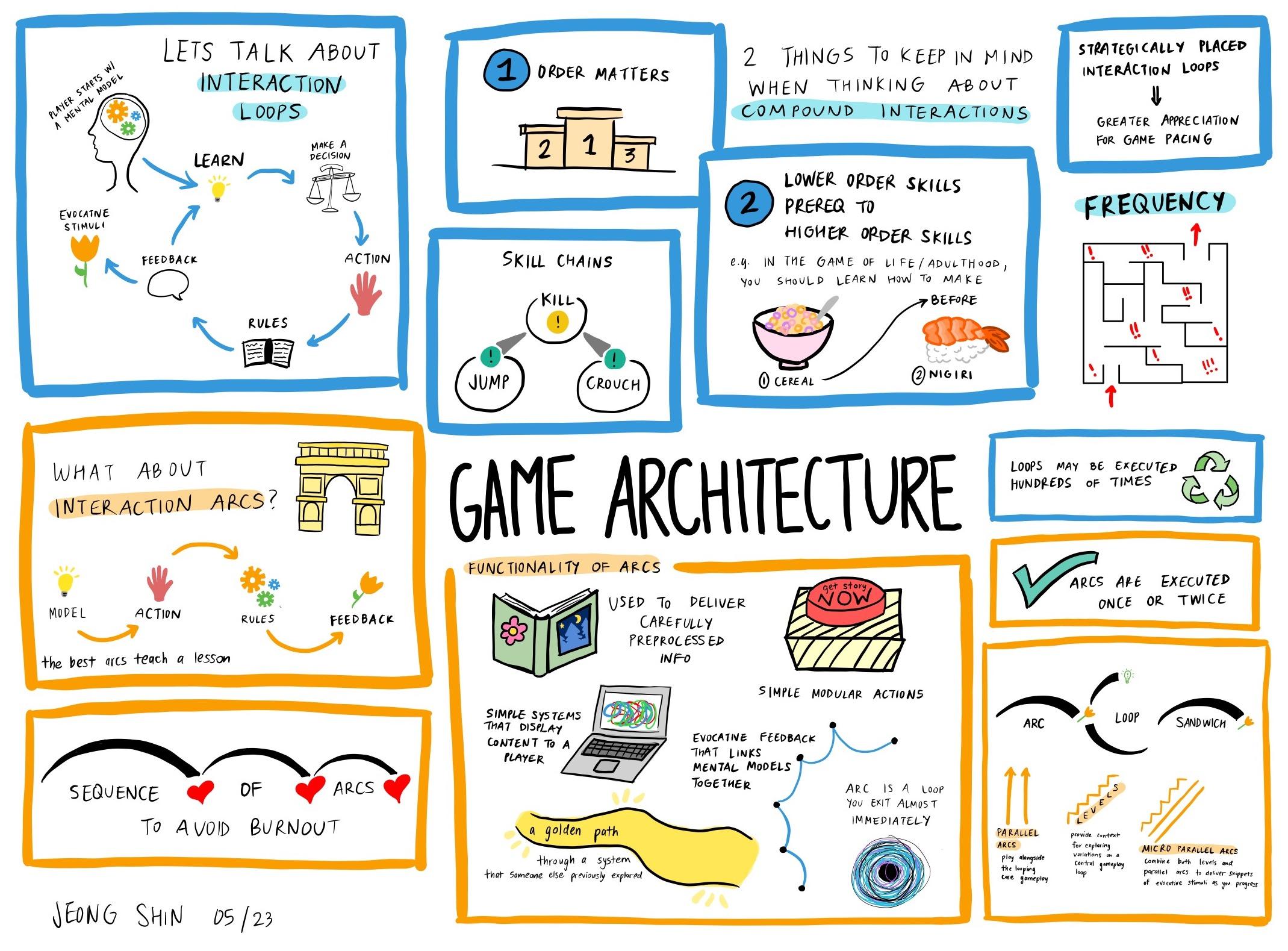
A game that I enjoy is Minecraft: Capture the Flag. Players are split up into two teams, and they must use tools to obtain their opponent’s flag and drop it off at their flag base before they are defeated by a player on the opposing team. The game is composed of several interaction loops. In the beginning, players are equipped with a sword, pickaxe, and shears. If players have played Minecraft before, their mental model would signal to them that the sword is to attack players from the opposing team and the pickaxe is to obtain resources from the map; what isn’t clear is the functionality of the shears — however, the rules of the game detail that the shears are what allow players to exercise the “capturing” functionality when targeting their opponents’ flag. The main decision-making process comes in the form of protection or combat: players can evaluate the costs and benefits of protecting their home base or going after the opposing team’s flag, or the costs and benefits of choosing one route back to home base instead of another. They can kill opposing teammates, risk capturing the opposing team’s flag themselves to run it back to home base, or obtain new materials to make stronger weapons and increase the likelihood of blocking opposing teammates from retrieving their flag. Since players won’t know which route is best or most strategic to use in order to run back their opponent’s flag, they’ll have to explore different routes in order to update their mental model and understanding of the rules. They can receive a variety of feedback, the most common one likely being attacked or killed by an opposing team player, which would signal to the player themselves or their teammates to be more strategic about capturing the flag.



